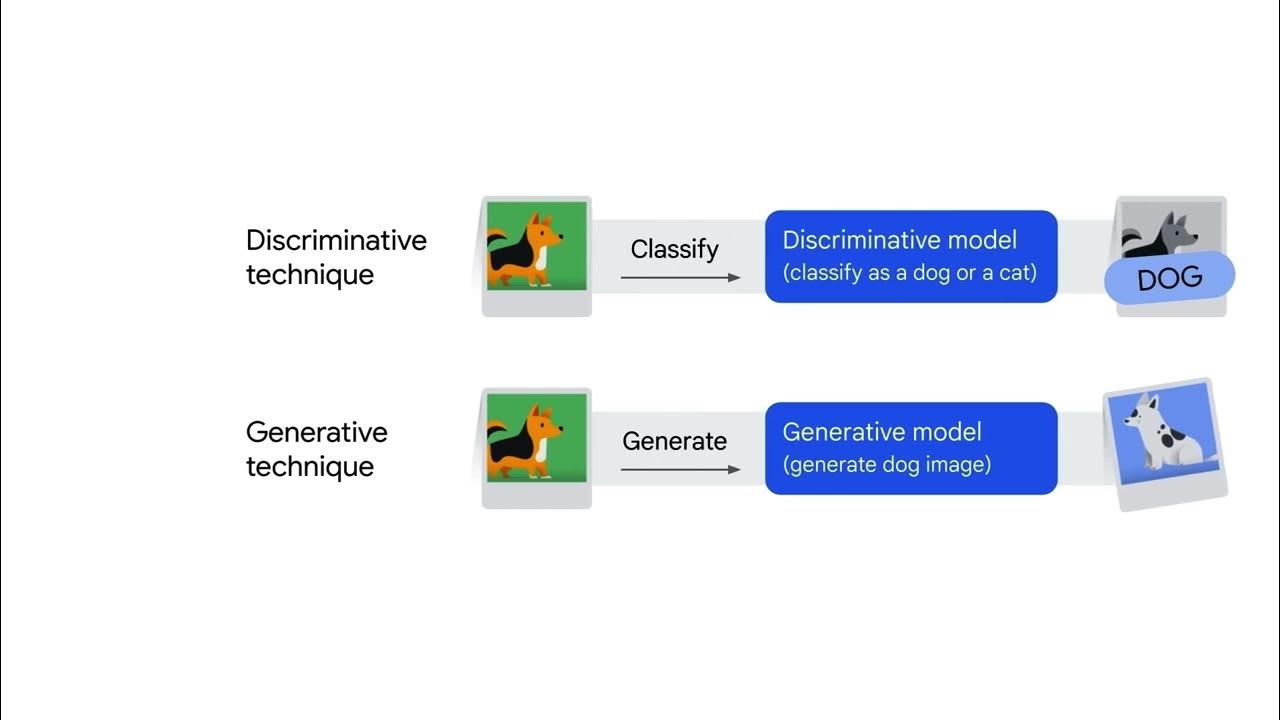Diffusion models explained in 4-difficulty levels
Summary
TLDRThis video explores diffusion models, a revolutionary approach in deep learning used for generating images and audio. It explains the principles behind these models, starting from their inspiration in thermodynamics to the process of adding Gaussian noise to images. The tutorial breaks down complex concepts into four levels, illustrating how noise is introduced and later reversed using convolutional neural networks. By simplifying the mechanics of diffusion models, the video aims to enhance understanding of this innovative technology, inviting viewers to engage further with questions and discussions.
Takeaways
- 😀 Diffusion models are generative models in deep learning used for tasks like audio and image generation.
- 🌊 The concept of diffusion models is inspired by non-equilibrium thermodynamics, illustrating how systems move towards equilibrium.
- 🎨 A practical example is the diffusion of paint in water, where the paint disperses over time.
- 🔄 Unlike physical diffusion, diffusion models can reverse the process to retrieve the original state of images.
- 📈 The process involves a Markov chain, where noise is gradually added to images until they become pure noise.
- ⚙️ The noise added is Gaussian noise, characterized by a normal distribution that alters pixel values slightly.
- 📏 The probability distribution means that pixel values closer to the original are more likely to be chosen during noise addition.
- 🌀 The reversal of the noise process is crucial for generating images that resemble the originals.
- 🤖 Neural networks, especially convolutional neural networks (CNNs), are employed to recover the original image from noise.
- 📚 The video references a detailed article for deeper insights into the mathematical principles behind diffusion models.
Q & A
What are diffusion models?
-Diffusion models are generative models in deep learning that add noise to images and learn to reverse this process, enabling the generation of new images.
How are diffusion models used in real-world applications?
-They are used in various domains, including audio and image generation, with notable implementations in systems like DALL-E and GLIDE.
What is the inspiration behind diffusion models?
-Diffusion models are inspired by non-equilibrium thermodynamics, focusing on systems that are not in thermodynamic equilibrium.
Can you explain the Markov chain in the context of diffusion models?
-A Markov chain is a sequence of events where each step depends only on the previous one. In diffusion models, this allows the systematic addition of noise to images in a controlled manner.
What type of noise do diffusion models add to images?
-Diffusion models primarily add Gaussian noise, characterized by a bell-shaped probability distribution, which alters pixel values slightly.
How does Gaussian noise affect an image?
-Adding Gaussian noise modifies the pixel values of an image, causing it to deviate from its original state, eventually leading to an image that appears as random noise.
What is the role of neural networks in diffusion models?
-Neural networks, specifically convolutional neural networks (CNNs), are used to reverse the noise process by reconstructing the image from its noisy representation.
What architecture is often used in diffusion models for image reconstruction?
-The U-Net architecture is commonly employed because it effectively handles the input and output dimensions, allowing for detailed image reconstruction.
What is the significance of reversing the noise process in diffusion models?
-Reversing the noise process is crucial for recovering the original image from noise, which allows the model to generate clear, high-resolution images from random noise.
Where can one find more detailed information on diffusion models?
-Additional resources, including articles and deeper mathematical explanations, can be found in the description of related videos or through academic publications.
Outlines

This section is available to paid users only. Please upgrade to access this part.
Upgrade NowMindmap

This section is available to paid users only. Please upgrade to access this part.
Upgrade NowKeywords

This section is available to paid users only. Please upgrade to access this part.
Upgrade NowHighlights

This section is available to paid users only. Please upgrade to access this part.
Upgrade NowTranscripts

This section is available to paid users only. Please upgrade to access this part.
Upgrade Now5.0 / 5 (0 votes)





